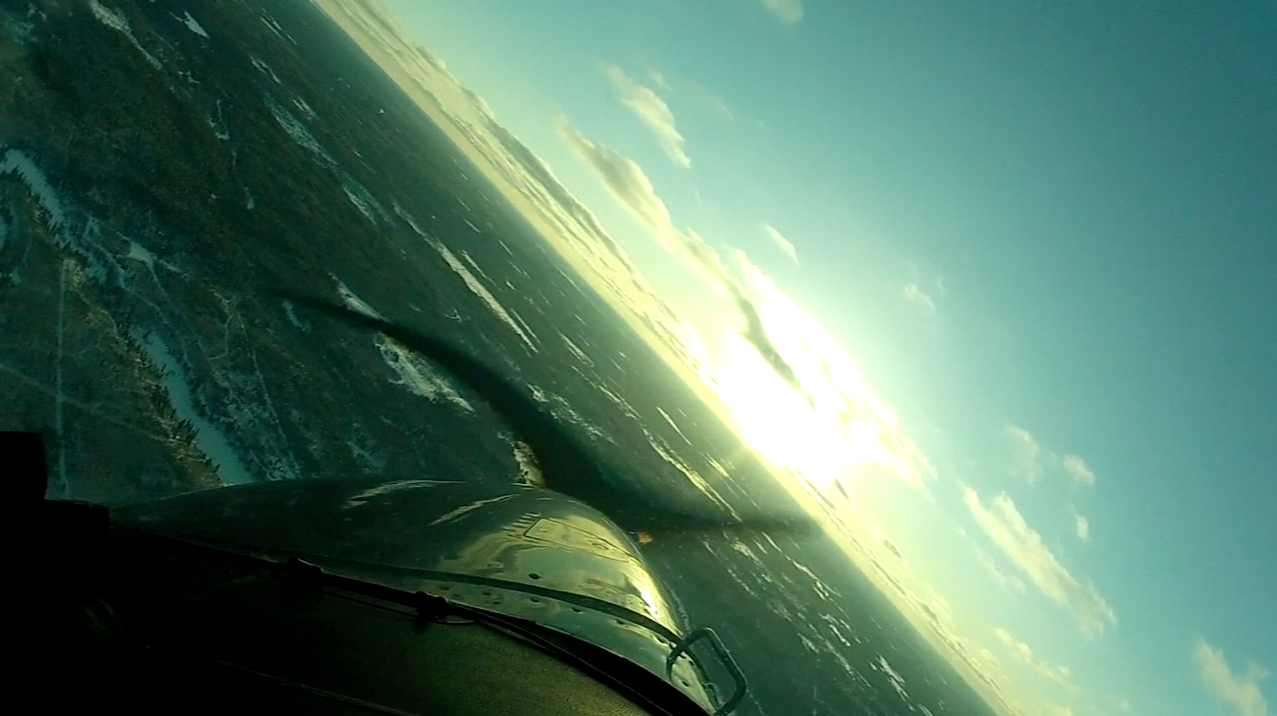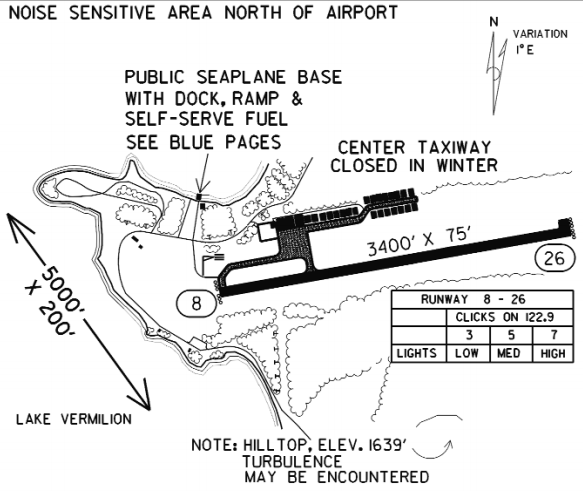My last flight in the left seat was on June 3rd. 19 days later waking up at 5:30 AM in search of calm skies my Dad (CFI) and I head out to the Cook airport (KCQM). This would be my fourth instruction flight. The sun was just making its way into view as I started my preflight inspection of the Cessna 172P. I feel like I’ve got the hang of the preflight. I check a quadrant of the plane, then refer to the checklist to ensure I’ve hit everything on the list. We typically don’t like to leave the plane in the hanger completely full of fuel so we usually fill it up before we go out flying and then put it away partially full. This prevents the expansion of fuel from leaking out onto the floor of the hanger. So the routine has been to open the hanger door, preflight the plane, then taxi over to the pumps to fill up before our flight.
Taxing is taking me a bit to get used to. Getting the fine control steering with my feet has been slow going for me. Also since the breaks are applied by tipping the pedals forward I feel like I need to have my heels off the floor so the balls of my feet are just below the top of the pedal which allows me to apply the breaks more easily. This however is a little uncomfortable as I’m having to hold my legs up there virtually unsupported. As soon as I take off though I drop my heels down on the floor so the balls of my feet are directly on the pedal and as breaking in the air is pointless. 🙂
We have been working on some short field and soft field takeoffs as well as normal takeoffs. These differ based on flap settings, angle of attack held while still on the ground, and how quickly you get the plane of the ground. Once in the air if on a soft field takeoff you keep the plane in ground effect until the plane has gained enough airspeed to safely ascend. For those of you who are unfamiliar with ground effect it is phenomenon where the airplane gets increased lift from a buffet of air being compressed between the earth and the ground. This will allow and airplane to fly with a lower airspeed than usually required by the aircraft. This effect can be experienced within the fist 20 feet of liftoff. So by using this to your advantage you can lift the plane off of the soft takeoff surface even before the plane really wants to fly. You can then hold the airplane in this buffeted area while the plane picks up speed. Once you’ve reached your normal liftoff speed you can then pull back on the stick and climb on out. With a short field take off you are theoretically trying to clear a 50 ft obstacle at the end of the runway like a stand of trees you may find in some back woods runway. With these takeoffs you use a speed recommended for your aircraft which produces the best altitude gain over distance traveled. Both of these types of takeoffs are preformed with one notch of flaps down.
Once we have arrived at our practice location we work on clearing turns, 30 and 45 degree bank turns, and slow flight. I’m still finding it a bit difficult to make those bank turns and maintain the same altitude throughout the turn. I am able to compensate during the turn to where I usually end up close to the same altitude when I get back to the starting point, but I am oscillating up and down throughout the turn. Part of it is the different back pressure needed between a turn to the left and a turn to the right. I just need to do more of them so I can get a muscle memory for what is required for each turn.
Now on to landings… Boy oh boy. With my first impression I want to compare this to riding a unicycle and juggling chainsaws. You have to actively use all of your limbs during this phase of flight. I know there is a sense I have’t tapped into yet that tells you when the plane is about to settle. I’m struggling with determining when to round out the descent and when to flare before landing. I do know the plane has an amazing ability to float down the runway. My dad somehow always seems to know right before the plane wants to settle and either begins the flare or has me apply a touch of power. I hope to find this sense sometime soon.
The flying has been fun. I love the opportunity to learn with my dad. He’s a great teacher, and very patient. I know he loves flying, and I hope he is enjoying the time we get together as much as I am.
Can’t wait for my next flight




